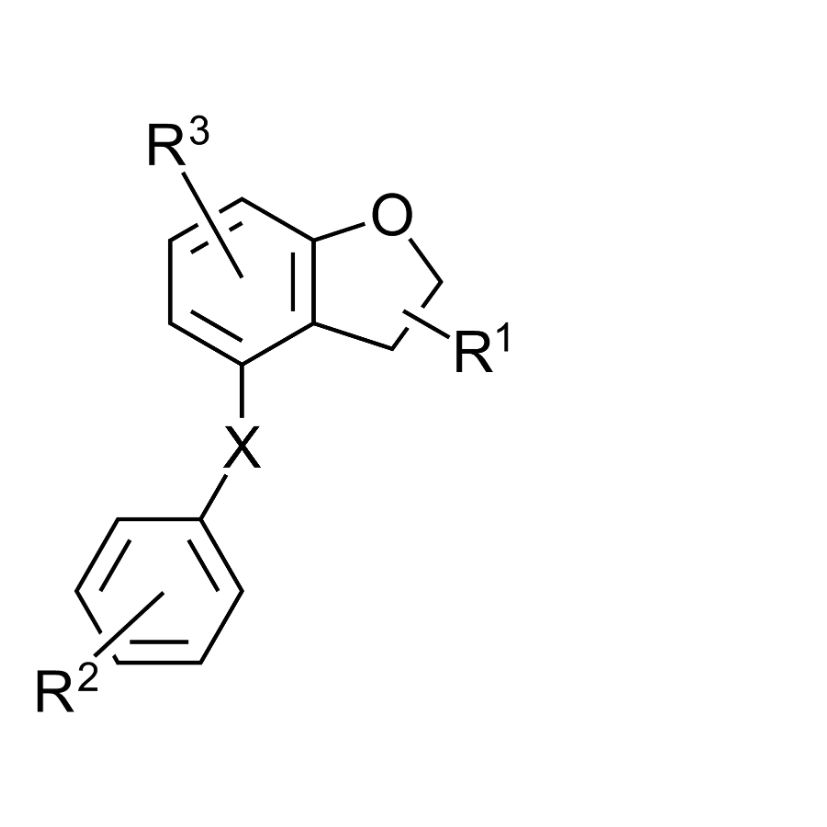Changes to SPCs and Marketing Authorisations in the UK implemented on 1 January 2025
13th January 2025

Selection Inventions
The first hit compound identified in a drug discovery program is generally not the compound which is ultimately brought forward for clinical trials and drug development. Nonetheless, preliminary data, which may be generated from in vitro assays or in silico studies, are often used to support applications for patents in which a broad class of compounds is disclosed and claimed. A significant challenge exists in determining and disclosing all of the compounds likely to be of interest over the life of the patent, and in limiting or blocking competitors from securing a foothold in the space.
Using Markush structures is an incredibly efficient way to disclose and claim a broad class of chemical compounds. However, the amendment of claims including such structures under European law is not always straightforward.
The strict manner by which the allowability of amendments is assessed in Europe can lead to a plethora of pitfalls for narrowing the scope of Markush structures if accessible redundancies are not incorporated in the application as filed. One such pitfall is making multiple selections from two or more lists without a pointer to the specific selection being otherwise disclosed in the application as filed. Such selections are not allowable, as they are deemed to introduce subject matter which extends beyond the contents of the application as filed.
Herein we provide pointers to avoiding such pitfalls with reference to recent case law in this area.
The Two-Lists Principle
When reducing the scope of a Markush structure, caution should be exercised when deleting alternatives from two or more lists. The allowability of such amendments is governed by whether or not the deletions confer novelty on the remaining features through a unique selection being made.
Mono-dimensional restriction of a list through the deletion of alternatives does not confer novelty on the truncated list. Hence, deletion from one or more lists of alternatives is generally allowed, provided such a deletion can be considered to constitute a shrinking of a generic group of chemical compounds rather than a selection or “singling out” of specific compounds (see T615/95 & T98/09).
For example, claim 1 is:
A compound having the formula -

where X is -NH- or -CH2-;
R1 is aryl, heteroaryl, alkyl or cycloalkyl;
R2 is methyl, ethyl, propyl, butyl, pentyl, hexyl, heptyl, or cyclopropyl; and
R3 is Cl, Br, F, -OH, -NH2, or -NO2.
An example of such an allowable mono-dimensional limitation amendment would be to delete R1 is cycloalykyl from the above claim. Deletion of R1 is cycloalykyl, and R3 is –NO2 should also be allowable.
However, when an amendment involves making a selection from two or more lists “of a certain length” (EPO Guidelines for examination G-VI, 8) there may be a risk of a unique selection being made which is not specifically disclosed in the application as filed.
For example, selecting R1 is aryl, R2 is propyl, and R3 is F, without a pointer to such a combination in the application as filed, would be considered a novel selection, which would lead to an extension of subject matter.

Lists of converging or non-converging alternatives
The ability to make selections from two or more lists also depends on the nature of the alternatives disclosed in each list.
A list of converging alternatives provides alternative elements of increasing specificity, with each element being a subset of the broadest feature:
e.g. R is aliphatic, preferably alkyl, more preferably, C1-C6 alkyl, even more preferably methyl.
A list of non-converging alternatives provides mutually exclusive or partially overlapping alternatives:
e.g. X is Cl, Br or F.
The Boards of Appeal of the European Patent Office recently commented on the ability to amend a feature based on whether or not the feature is described in terms of lists of non-converging or converging alternatives (T1621/16).
The Board held that when fall-back positions for a feature are disclosed in terms of a list of non-converging alternatives, “at least part of the subject matter of each individual element in the list is unique and different from that of other elements”. Hence, selecting specific elements from such lists will lead to a “singling out of an invention from among several distinct alternatives” which might provide an unwarranted advantage to the Applicant/Patentee without a pointer to such a combination being present in the specification.
In contrast, when fall back positions for a feature are described in terms of a list of converging alternatives, each of the narrower elements is fully encompassed by all of the preceding less preferred and broader options. Hence, the elements of such a list do not represent distinct features, but more or less restricted versions of the same feature.
Thus, amending a claim by selecting one element from a list of converging alternatives does not lead to a singling out of an invention from among a plurality of distinct options, but simply to a more or less restricted version of that feature.
There are two rules associated with making combinations from a list of converging alternatives (see T1621/16):
(i) The selected combination should not be associated with an undisclosed technical effect; and
(ii) There should be a pointer to the combination in the application as filed, such as in the examples, which would suggest that the selection is a purposeful selection.
T1621/16 concerned a liquid hand dishwashing detergent composition and a combination resulting from ten selections was deemed not to introduce subject matter beyond the contents of the application as filed, as the requirements of the above two rules were deemed to be fulfilled in respect of the selections made from nine converging lists. A single selection made from a non-converging list was not considered arbitrary, as each of the examples included the particular feature, therefore indicating that such a feature was preferred.
Hence, when restricting the scope of a Markush formula by making selections from two or more lists of converging alternatives, make sure that any technical effect associated with the combination of features is disclosed in the application as filed, and use the examples or other pointers in the specification, to demonstrate that the combination is a purposeful selection, clearly envisaged in the application as filed.
Markush structures - avoid the pitfalls!
Markush structures can be generated quickly, and used to cover a broad class of chemical compounds. However, any restriction to the scope of a Markush structure must be within the context of what is directly and unambiguously derivable from the application as filed.
While mono-dimensional restriction of a list does not confer novelty, deleting elements from two or more lists which results in the singling out of specific embodiments, without a pointer to such embodiments in the application as filed, will lead to an extension of subject matter under European law.
Selections from two or more lists must not be arbitrary. The assessment as to whether or not particular selections are combinable will depend on the nature of the lists of alternatives from which the selections are made.
Clearly, getting as much information as possible about the invention into the application as filed and incorporating multiple fall-back positions generally pays dividend.
Discussing future research plans with the inventors when drafting the application may inform what compounds are likely to be the subject of future investigation, and what fall-back positions are likely to be important. Also, bear in mind what starting materials are commercially available as this may dictate what compounds are initially developed.
If you would like more information on the any of the topics discussed above please contact me .